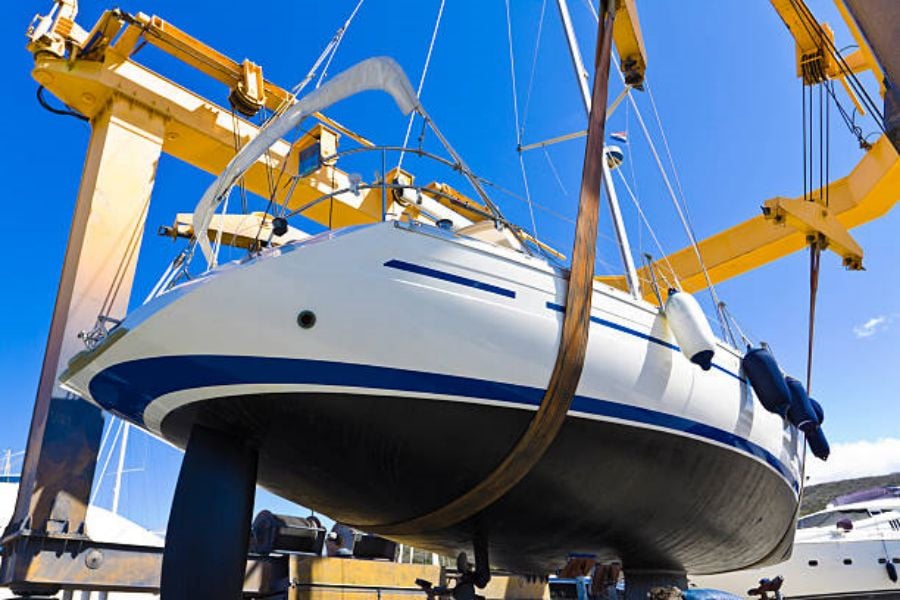When it comes to lifting and moving heavy objects, hoisting wire rope and sling play a crucial role in ensuring safety and efficiency. This article will provide an in-depth guide to understanding the importance of hoisting wire rope and sling, as well as how to properly use them in different situations.
Understanding Hoisting Wire Rope and Sling
Hoisting wire rope and sling are essential equipment used for lifting and moving heavy objects in various industries. Wire rope is made of multiple strands of metal wire twisted together to form a strong and durable cable. It is commonly used for lifting, towing, and securing heavy loads. On the other hand, slings are flexible and adjustable straps or ropes that are used to secure and lift heavy objects. Both wire rope and sling play a crucial role in ensuring the safety and efficiency of lifting operations.
The Importance of Choosing the Right Hoisting Wire Rope and Sling
Choosing the right hoisting wire rope and sling is essential to ensure the safety and efficiency of lifting operations. The type of wire rope and sling used should be determined by the specific requirements of the lifting task, including the weight of the load, the environmental conditions, and the type of equipment being lifted. Using the wrong type of wire rope and sling can result in accidents, equipment damage, or even serious injuries. It is important to carefully assess the lifting requirements and select the appropriate hoisting equipment.
Common Types of Hoisting Wire Rope
There are several common types of hoisting wire rope, each with its own unique characteristics and applications. Some of the most popular types of wire rope include galvanized wire rope, stainless steel wire rope, and synthetic rope. Galvanized wire rope is known for its corrosion resistance and is commonly used in marine and outdoor lifting applications. Stainless steel wire rope is highly durable and resistant to corrosion, making it suitable for heavy-duty lifting operations. Synthetic rope, on the other hand, is lightweight and flexible, making it ideal for lifting delicate or irregularly shaped loads.
Understanding Different Types of Slings
Slings come in various types, each designed for specific lifting applications. The most common types of slings include chain slings, wire rope slings, web slings, and round slings. Chain slings are known for their high strength and durability, making them suitable for lifting extremely heavy loads. Wire rope slings are versatile and offer excellent resistance to abrasion and cutting. Web slings are lightweight and flexible, making them ideal for lifting delicate or irregularly shaped loads. Round slings are soft and non-damaging to the load being lifted, making them suitable for delicate or finished surfaces.
Proper Inspection and Maintenance of Hoisting Wire Rope and Sling
Proper inspection and maintenance of hoisting wire rope and sling are crucial to ensure their safe and efficient operation. Regular inspections should be carried out to detect any signs of wear, damage, or deterioration. Any damaged or worn-out hoisting equipment should be replaced immediately to prevent accidents. Additionally, proper lubrication and storage of wire rope are essential to prevent corrosion and extend its service life. Slings should be inspected for cuts, wear, and other signs of damage, and proper care should be taken to ensure their cleanliness and integrity.
Safe Operating Practices for Hoisting Wire Rope and Sling
It is crucial to follow safe operating practices when using hoisting wire rope and sling to prevent accidents and injuries. Proper training and supervision are essential for workers involved in hoisting operations to ensure they understand the correct use of hoisting equipment. Overloading of wire rope and slings should be strictly avoided to prevent equipment failure. Additionally, proper rigging techniques should be employed to ensure the stability and security of the load being lifted. Adhering to safe operating practices is essential to prevent accidents and ensure the safety of workers and equipment.
Regulatory Guidelines for Hoisting Wire Rope and Sling
There are regulatory guidelines and standards that govern the use of hoisting wire rope and sling to ensure safety and compliance in lifting operations. It is important for organizations and individuals involved in hoisting activities to familiarize themselves with these regulations and ensure full compliance. Regulatory guidelines cover various aspects of hoisting equipment, including design, inspection, testing, and usage. Adhering to these guidelines is essential to maintain a safe working environment and prevent accidents.
Common Mistakes to Avoid in Hoisting Operations
When it comes to hoisting wire rope and sling, there are common mistakes that should be avoided to prevent accidents and ensure the efficiency of lifting operations. Some of these mistakes include using damaged or worn-out hoisting equipment, overloading the equipment beyond its capacity, inadequate training and supervision of workers involved in hoisting operations, and improper rigging techniques. Avoiding these mistakes is crucial to ensure the safety and success of hoisting operations.
Conclusion
Hoisting wire rope and sling are indispensable equipment for lifting and moving heavy objects in various industries. Understanding the different types of hoisting wire rope and sling, proper inspection and maintenance practices, safe operating procedures, and compliance with regulatory guidelines are essential to ensure the safety and efficiency of hoisting operations.

